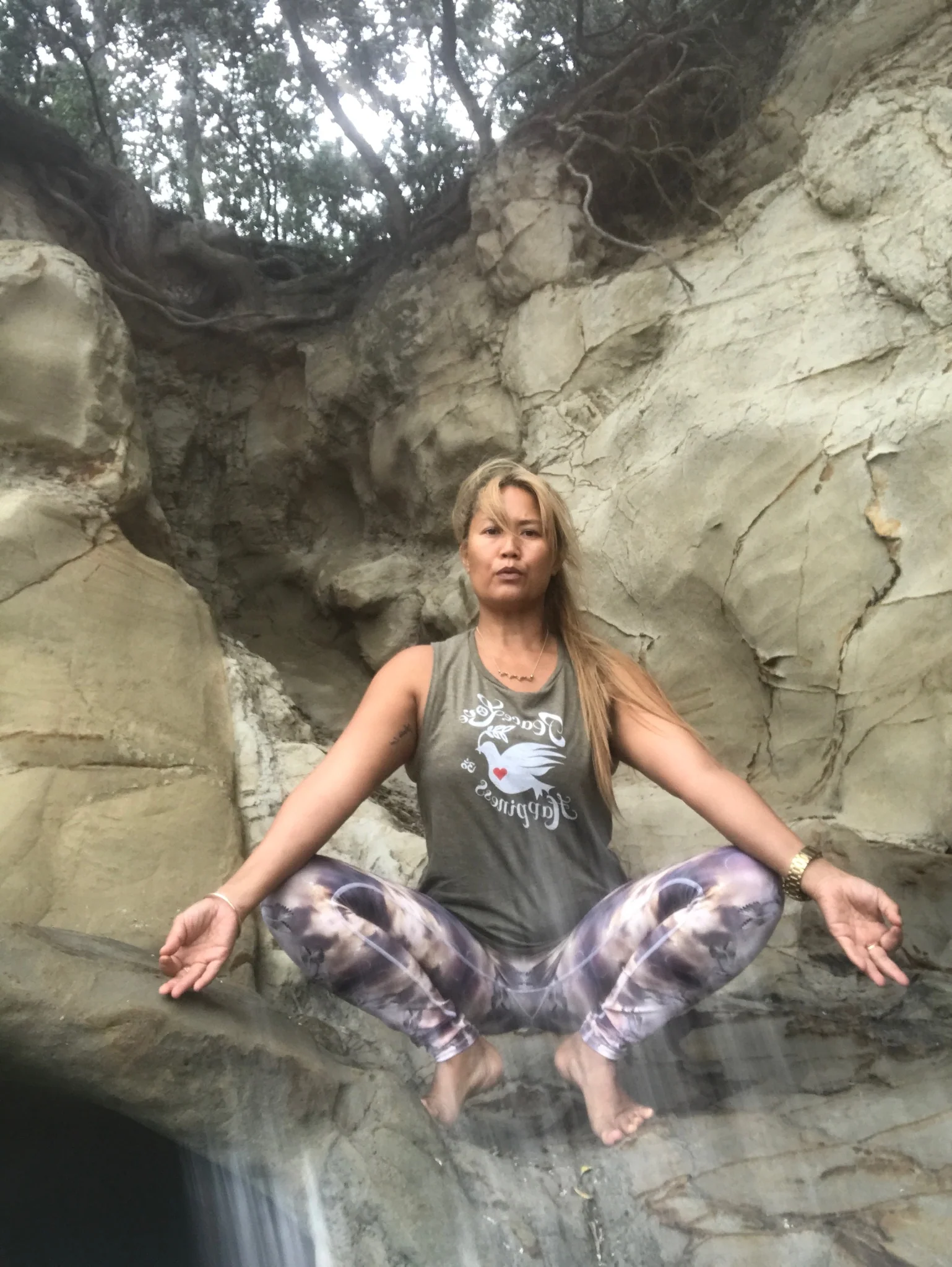
The Importance of Yoga in Trauma Therapy: How a Routine Can Help You Heal
Most view Yoga to improve physical and mental health, but it can also be a powerful tool for healing trauma. Trauma can leave individuals feeling isolated, scared, and alone. A yoga routine can help connect people with their bodies and provide a sense of control and safety. In this article, we share why Yoga plays an important role in trauma therapy and how you can start incorporating it into your healing journey.
Yoga has been shown to be an effective form of therapy for mental health conditions like PTSD, anxiety, and depression. A regular practice can reduce symptoms of trauma by promoting mindfulness and relaxation providing a sense of control and empowerment for individuals who have experienced trauma. The link between traumatic events and quality of life was previously never thought to be mapped on someone physically. But now science has shown that the body somatically holds trauma and as a result allows it to manifest into dis-ease from tightness to physical pain, limitations, illness and depression.
When using Yoga as a therapy for trauma the practitioner is guided to feel into a body area when there is tension, pain or feelings that surface. Once the feeling is identified, they are then instructed to focus on the breath and make space for the emotion. In order to work through the feeling, it is important that you honour it, but also understand that it does not have to control you.
The breath used in Yoga allows for the nervous system to move from the sympathetic mode, or "fight-or-flight" response, to the parasympathetic mode, which is responsible for rest and digest. This shift can help reduce stress levels and promote feelings of safety where the client can start to explore feelings that may arrive with the mindful movement. With regularity and patience, one can follow through with meditation more easily after class and eventually in their life outside the class setting.
The value of a consistent practice is creating a new paradigm of how to respond instead of react mentally and physically to stressors whether it be historical traumas or new situations. In time, a seasoned Yogi will learn how to breathe and manage uncomfortable situations in real life when traumatically triggered- operating from a place of parasympathetic nervous response instead of the fight and flight nervous response. A paper published by the National Institutes of Health (NIH) in 2016 found that "yoga may serve as an adjunctive treatment for PTSD [and] depression." The study also found that yoga can help improve sleep quality, increase self-esteem, and reduce stress. If you're interested in incorporating yoga into your mental health routine, there are a few things to keep in mind.
It's important to find a class that feels safe and comfortable for you. Look for classes that are trauma-informed or specifically geared towards mental health. Remember to listen to go at your own pace. Don't rush or push yourself. Start slow and focus on finding a practice that works for you. Remember, the goal is to promote mindfulness and relaxation, so don't hesitate to modify poses or take breaks as needed. With time and consistency, you will likely notice an improvement in your mental well-being. Yoga can be an extremely powerful tool for mental health and healing trauma but its not a “cure all”. Please consult your mental health professional before starting or stopping any treatment.If you are a mental health professional and would like to learn more about how yoga can be used in therapy, please visit Trauma Center Yoga for mental health professionals (TC-Yoga). TC-Yoga is an online training program that provides mental health professionals with the tools necessary to incorporate yoga into their trauma therapy practice. Namaste.

